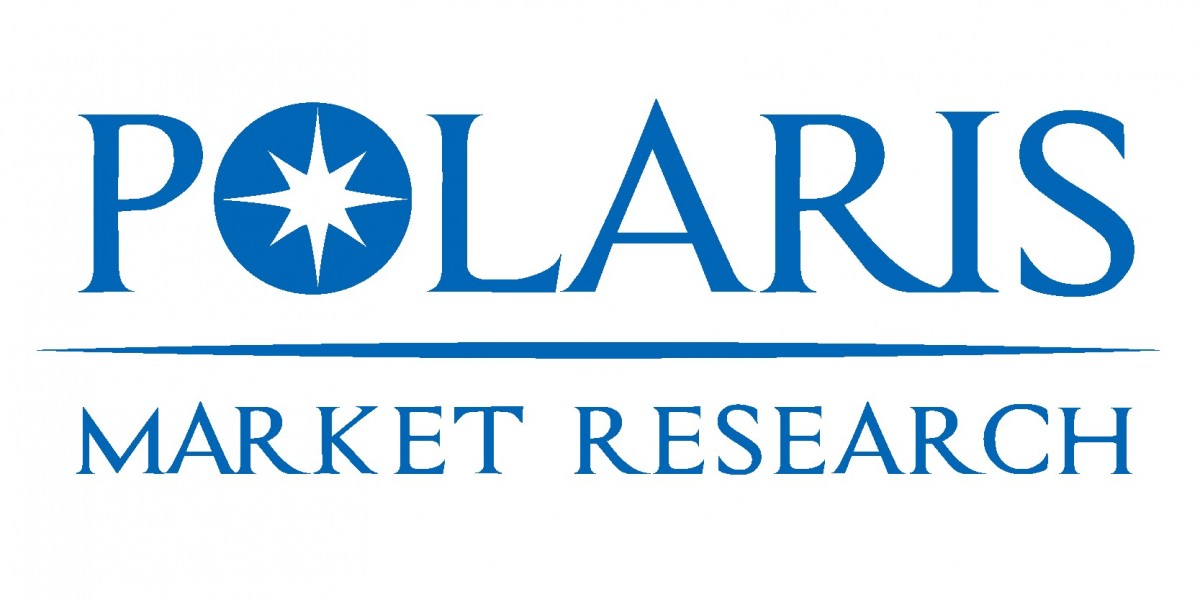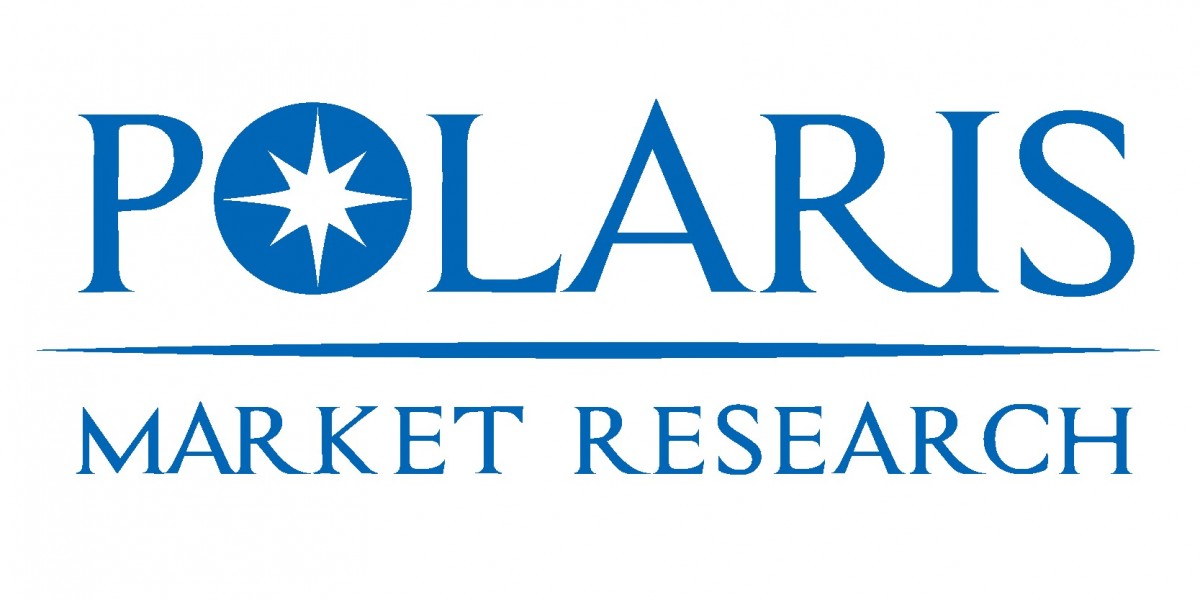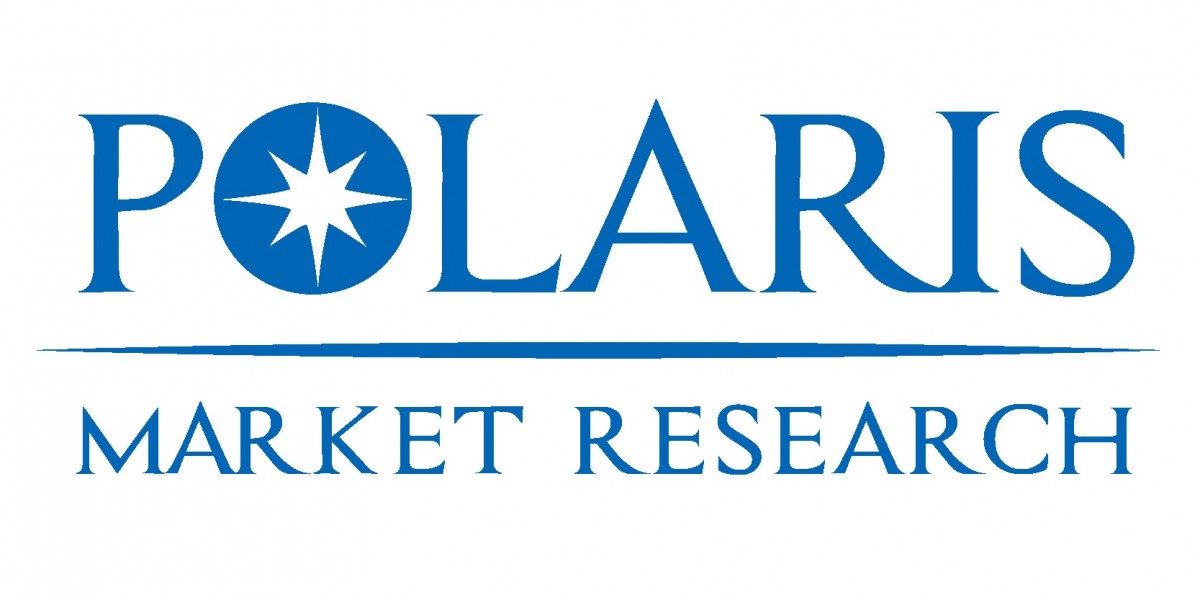Market Overview
The global Sustainable Aviation Fuel market was valued at approximately $1.16 Billion in 2024 and is projected to reach $106.52 Billion by 2034, growing at a remarkable CAGR of 57.3% during the forecast period. This explosive growth is driven by mounting environmental concerns, ambitious carbon reduction goals in aviation, and increased governmental and regulatory support for greener alternatives to fossil jet fuels. SAF, primarily produced from renewable feedstocks such as waste oils, agricultural residues, algae, and even captured CO₂, is positioned as a crucial enabler in helping the aviation sector achieve net-zero emissions by 2050.
With major airlines, airports, and fuel producers forming alliances to scale SAF production and integrate it into commercial flight operations, the industry is undergoing a transformative shift. The SAF market is fast becoming a cornerstone of the future green aviation ecosystem, addressing both fuel sustainability and emissions reductions.
Key Market Growth Drivers
1. Stringent Environmental Regulations and Net-Zero Goals
The International Civil Aviation Organization (ICAO) and the European Union's "Fit for 55" climate package are major regulatory catalysts driving SAF adoption. Airlines worldwide are aligning with these mandates to meet net-zero carbon emission targets by 2050, which can only be realistically achieved through the adoption of SAF. SAF offers up to 80% reduction in lifecycle carbon emissions compared to traditional jet fuels.
2. Growing Airline Commitments
Major carriers such as United Airlines, Lufthansa, and Delta Air Lines have committed to long-term SAF procurement agreements, reflecting a growing demand for cleaner aviation fuel alternatives. These partnerships also attract investor interest in SAF startups and production technologies, thus expanding capacity and innovation.
3. Technological Advancements in Feedstock and Production
Innovations such as Power-to-Liquid (PtL) technology, Alcohol-to-Jet (ATJ), and Fischer-Tropsch synthesis are enabling the conversion of a broader range of biomass and waste sources into aviation fuel. Companies like LanzaTech and Gevo are leading efforts to scale novel biofuel pathways that improve production efficiency and reduce overall carbon footprint.
4. Public and Private Funding Initiatives
Government-backed incentives, including the U.S. Inflation Reduction Act (IRA), offer tax credits and subsidies for SAF production and use. In Europe, policies like ReFuelEU Aviation will require fuel suppliers to include SAF in increasing proportions starting from 2025. These funding initiatives are matched by private sector investment in SAF infrastructure, logistics, and R&D.
Browse More Information: https://www.polarismarketresearch.com/industry-analysis/sustainable-aviation-fuel-market
Market Challenges
1. High Production Costs
One of the most significant barriers to SAF adoption is its cost, which is currently 2 to 4 times higher than traditional jet fuel. This price differential stems from limited feedstock availability, high capital expenditure on production facilities, and the immature SAF supply chain.
2. Feedstock Limitations and Scalability
Although SAF can be produced from a variety of renewable feedstocks, competition from other industries (such as biodiesel or bio-plastics) for the same raw materials poses a constraint. Additionally, sustainable scaling of feedstock without disrupting food supply or ecosystems remains a critical concern.
3. Infrastructure and Supply Chain Gaps
SAF distribution and refueling infrastructure are still in the early stages of development. Most airports are not yet equipped to handle SAF blends, which restricts its widespread availability and integration into global aviation operations.
4. Regulatory Fragmentation
Inconsistent policies across regions complicate the development of a unified SAF market. Harmonized global standards are essential for SAF certification, lifecycle emissions calculations, and incentivization schemes.
Regional Analysis
North America
North America holds a dominant share in the SAF market, driven by significant investment from both government and private sectors. The U.S. Department of Energy aims to produce 3 billion gallons of SAF annually by 2030. Key producers like World Energy, Fulcrum BioEnergy, Gevo, and Aemetis Inc. are expanding their capacity through partnerships and technology deployments. The California Low Carbon Fuel Standard (LCFS) and federal tax credits make the U.S. a particularly favorable market for SAF production and adoption.
Europe
Europe is another key growth region, bolstered by the EU’s ReFuelEU initiative, which mandates a growing SAF blend in commercial aviation fuel starting at 2% in 2025 and rising to 70% by 2050. Countries like the Netherlands, Germany, and the UK are aggressively supporting SAF innovation, with players like Neste, SkyNRG, and Preem AB at the forefront.
Asia-Pacific
The Asia-Pacific region is witnessing rising interest in SAF due to growing passenger traffic and increasing environmental regulations. Countries such as Japan, Australia, and Singapore are initiating SAF pilots and feasibility studies. Companies like Sasol Limited and TotalEnergies are exploring joint ventures in this region.
Rest of the World
Regions including the Middle East and Latin America are still in the early phases of SAF market penetration but show promise due to large-scale airline operations and potential access to sustainable feedstock sources. Ongoing feasibility studies and international collaborations may unlock future opportunities.
Key Companies
1. Aemetis Inc.
Aemetis focuses on renewable natural gas and advanced biofuels, with a dedicated facility in California aimed at SAF production. Its technology leverages waste wood and orchard waste, offering a low-carbon feedstock advantage.
2. AVFUEL Corporation
A leading independent aviation fuel supplier, AVFUEL has been instrumental in distributing SAF to airports and airlines across the U.S. The company partners with producers like Neste to deliver ready-to-use SAF blends.
3. Fulcrum BioEnergy
Fulcrum is a pioneer in municipal solid waste-to-fuel conversion, reducing both landfill use and emissions. Its Sierra BioFuels plant in Nevada is one of the first commercial-scale facilities in the U.S.
4. Gevo
Gevo utilizes renewable energy and industrial fermentation to produce isobutanol, which is then converted into SAF. Their Net-Zero 1 project aims to produce 55 million gallons of SAF annually by 2025.
5. LanzaTech
LanzaTech specializes in gas fermentation, converting industrial emissions like carbon monoxide into ethanol, which can be used for SAF. Their circular carbon economy approach is unique in the market.
6. Neste
A global leader in renewable fuels, Neste is the largest SAF producer globally, with facilities in Finland, the Netherlands, and Singapore. Their SAF is already used by over 20 airlines worldwide.
7. Preem AB
Based in Sweden, Preem is involved in the production of bio-based jet fuels from tall oil and other forestry byproducts. Their collaboration with SAS and other Nordic players is crucial to regional adoption.
8. Sasol Limited
South Africa-based Sasol has a long-standing reputation in Fischer-Tropsch technology, positioning itself well for synthetic SAF production from biomass or CO₂.
9. SkyNRG B.V.
Founded as a spin-off from KLM, SkyNRG is a pioneer in SAF development and advisory services. Their SAF certificate program enables corporates to reduce their air travel footprint.
10. TotalEnergies
The French energy major is heavily investing in SAF as part of its renewable transition strategy. It recently converted a refinery in France to SAF production and supplies fuel to Air France and other European carriers.
11. World Energy, LLC
A leader in low-carbon fuel manufacturing, World Energy operates one of the world’s first commercial SAF facilities in California. The company supplies fuel to major U.S. airlines and is expanding capacity aggressively.
Conclusion
The Sustainable Aviation Fuel market represents a pivotal opportunity to transform the future of air travel into a more sustainable, carbon-neutral system. Despite facing challenges such as high production costs and limited infrastructure, the industry is gaining momentum through technological innovation, regulatory support, and strategic partnerships.
As the aviation sector undergoes its green transition, SAF will not only help reduce carbon emissions but also pave the way for more resilient and energy-diverse fuel ecosystems. Companies that invest in scalable, cost-effective SAF technologies and regional supply chains will lead the charge in shaping the next generation of clean aviation.
More Trending Latest Reports By Polaris Market Research:
Professional Service Automation Market
Saudi Arabia Bus Market- update
India Aerospace & Defense Chemical Surface Treatment Market
Embedded Finance Market: A Fiscal Alternative for Seamless Payments
Brain Tumor Diagnosis and Therapeutics Market
Brain Tumor Diagnosis and Therapeutics Market
Acrylonitrile Butadiene Styrene Market
Industrial Microwave Heating equipment Market- update
Europe Mosquito Repellent Market
Smart Mirror Market: A Convenient Appliance for Presenting Weather and News Details









